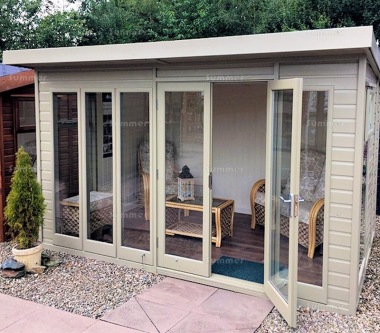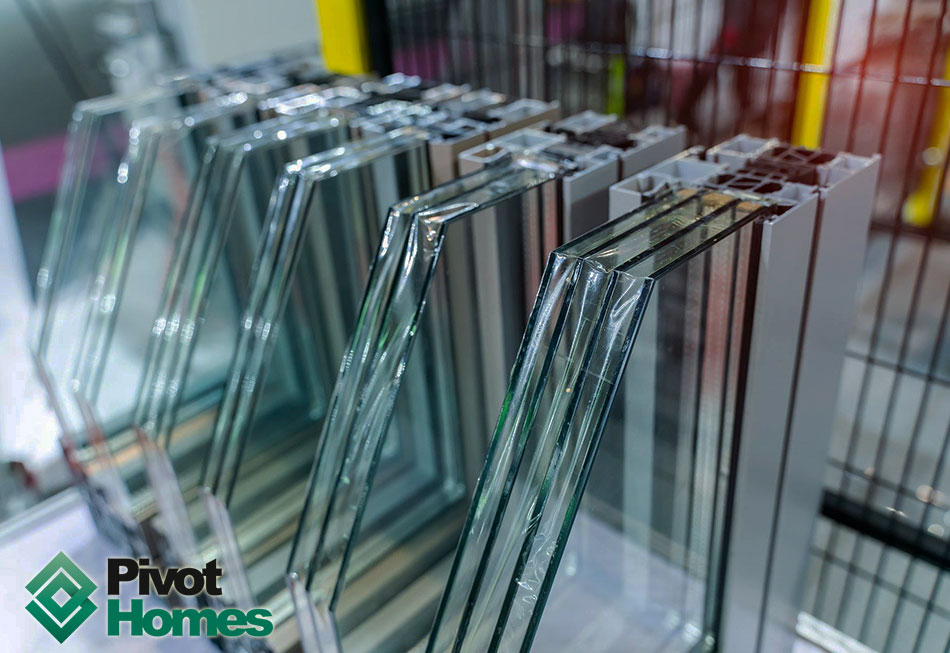All Categories
Featured
Table of Contents
Save Energy With Double Glazed Windows in Parmelia Perth
Glazing just suggests the windows in your house, consisting of both openable and set windows, as well as doors with glass and skylights. Glazing actually simply indicates the glass part, but it is generally used to refer to all aspects of an assembly including glass, films, frames and furnishings. Taking note of all of these aspects will assist you to attain reliable passive design.

Energy-efficient glazing makes your home more comfy and considerably minimizes your energy costs. Nevertheless, inappropriate or improperly created glazing can be a major source of undesirable heat gain in summer season and substantial heat loss and condensation in winter season. As much as 87% of a house's heating energy can be gotten and approximately 40% lost through windows.
Double Glazed Windows Melbourne - Upvc - German ... in Neerabup Western Australia
Glazing is a considerable investment in the quality of your house. The cost of glazing and the cost of heating and cooling your home are closely related. An initial financial investment in energy-efficient windows, skylights and doors can greatly minimize your yearly cooling and heating bill. Energy-efficient glazing also reduces the peak heating and cooling load, which can reduce the needed size of an air-conditioning system by 30%, resulting in more expense savings.
This tool compares window choices to a base level aluminium window with 3mm clear glass. Understanding some of the essential properties of glass will assist you to choose the finest glazing for your house. Key properties of glass Source: Adapted from the Australian Window Association The quantity of light that passes through the glazing is referred to as visible light transmittance (VLT) or noticeable transmittance (VT).
Save Energy With Double Glazed Windows in Kallaroo WA
This may lead you to change on lights, which will lead to greater energy costs. Conduction is how easily a product performs heat. This is called the U value. The U worth for windows (revealed as Uw), explains the conduction of the whole window (glass and frame together). The lower the U value, the higher a window's resistance to heat circulation and the better its insulating worth.
If your home has 70m2 of glazing with aluminium frames and clear glass with a U value of 6. 2W/m2 C, on a winter season's night when it is 15C colder outside compared with inside your home, the heat loss through the windows would be: 6. 2 15 70 = 6510W That is comparable to the total heat output of a large space gas heating unit or a 6.
Double Glazing Versus Secondary Glazing in West Leederville Western Australia

If you pick a window with half the U value (3. 1W/m2 C) (for example, double glazing with an argon-filled space and less-conductive frames), you can cut in half the heat loss: 3. 1 15 70 = 3255W The solar heat gain coefficient (SHGC) for windows (expressed as SHGCw) determines how easily heat from direct sunlight streams through an entire window (glass and frame together).
The lower a window's SHGC, the less solar heat it transfers to the house interior. The real SHGC for windows is impacted by the angle that solar radiation strikes the glass.
5 Benefits Of Double Glazing Windows in Palmyra Perth
When the sun is perpendicular (at 90) to the glass, it has an angle of occurrence of 0 and the window will experience the optimum possible solar heat gain. The SHGC declared by glazing manufacturers is always determined as having a 0 angle of occurrence. As the angle increases, more solar radiation is shown, and less is transferred.
Table of Contents
Latest Posts
Blown Double Glazing & What To Do About It in Mundijong Western Australia
What Are The Advantages Of Double Glazed Windows? in Queens Park WA
Double Glazing Versus Secondary Glazing in Marmion Western Australia
More
Latest Posts
Blown Double Glazing & What To Do About It in Mundijong Western Australia
What Are The Advantages Of Double Glazed Windows? in Queens Park WA
Double Glazing Versus Secondary Glazing in Marmion Western Australia